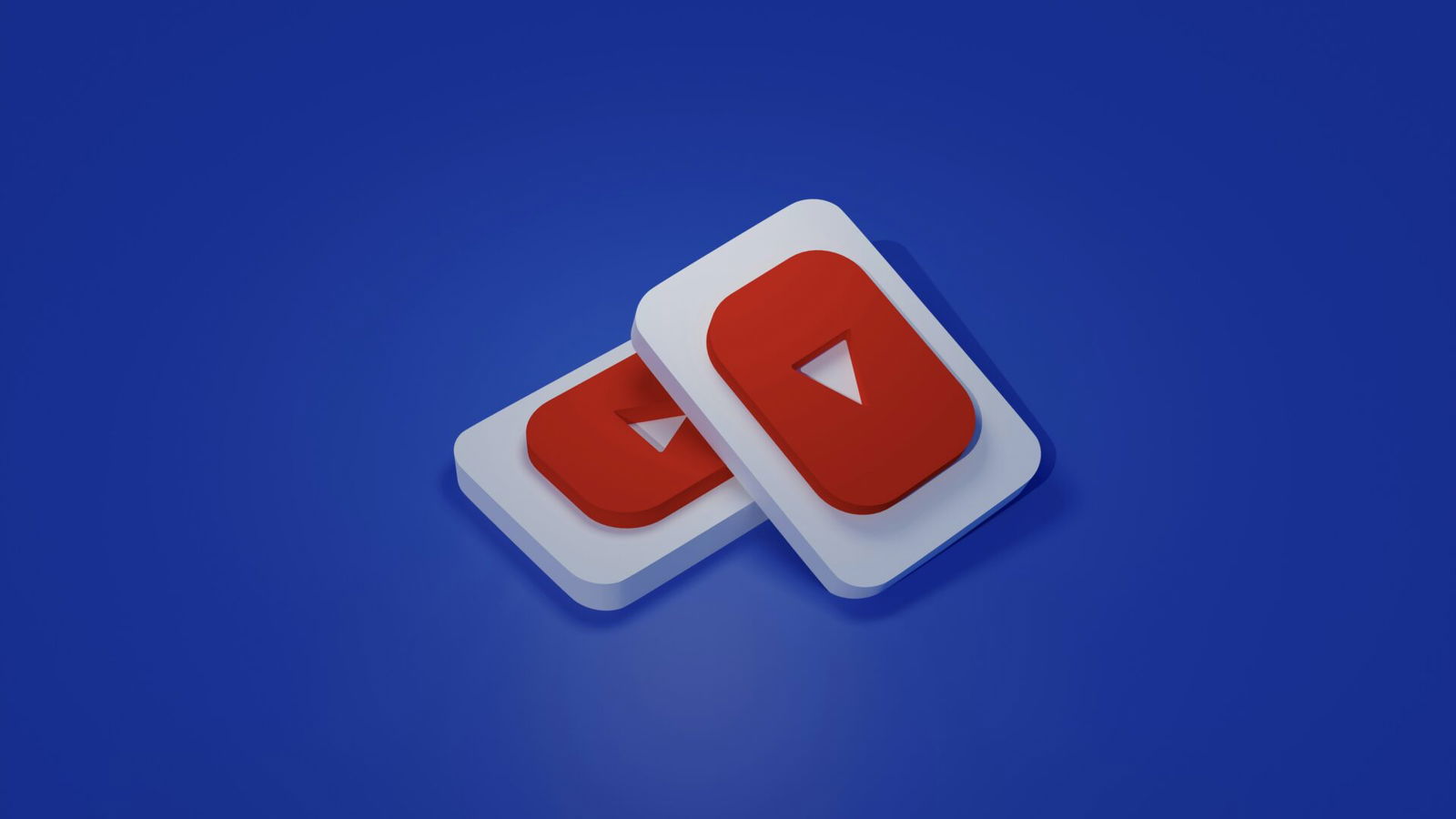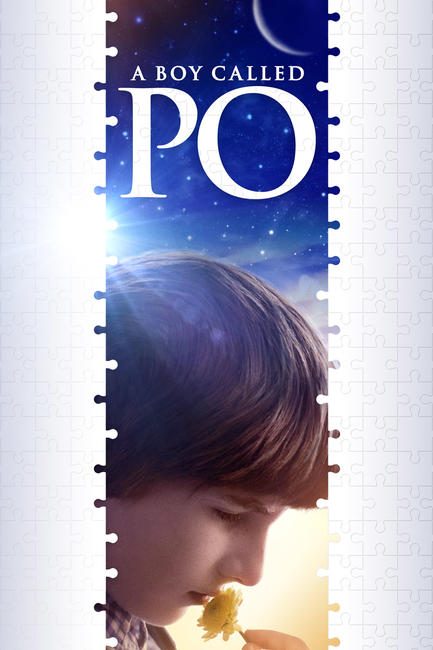
By India McCarty
YouTube boasts over 14.7 billion videos, but did you know most of them have never been seen?
“The conversations we’re having about YouTube are based on an impoverished view of what the platform really is,” Ryan McGrady, senior researcher at the Initiative for Digital Public Infrastructure at the University of Massachusetts Amherst, US, told the BBC. “When we just focus on what’s popular, we miss how the vast majority of people actually use YouTube as uploaders, and overlooking the role it plays in our society.”
Red Shark News condensed the research, explaining, “The majority of YouTube videos get under 500 views. In fact, the average number of YouTube views is 41,” adding, “4% of videos have never been watched even once.”
YouTube is the new Hollywood right? But is a secretive platform driven by an all-powerful and clandestine algorithm really the best bet to be hanging a whole new economy on? https://t.co/5DWB2mzQPd pic.twitter.com/C6r32dMhuH
— RedShark News (@RedSharkNews) March 18, 2025
“YouTube isn’t just a vehicle for professionals,” McGrady continued. “We rely on it as the default video arm of the internet. YouTube is infrastructure. It’s a critical tool that regular people use to communicate.”
Related: New Study Finds YouTube Pushes Gun-Related Content To Children
However, YouTube argued that it doesn’t prioritize high-viewed videos over low-viewed when recommending videos to users.
“The magic of YouTube is that whether a video has 60 views or six million, people are able to find community, learn a new skill, be entertained, or share their voice with the world,” Boot Bullwinkle, a YouTube spokesperson, said. “Every channel starts from the same blank slate, from which they can build an audience and grow a business.”
A research paper published by Google engineers Paul Covington, Jay Adams and Emre Sargin shared the way YouTube’s algorithm works and the list of elements that lead to a video being recommended to a user:
-
- Click-through rate (the likelihood of someone clicking on your video after seeing it)
- Watch time (the combined amount of time viewers spend watching your videos)
- How many videos the user has watched from your channel
- How recently the user watched a video about the same topic
- What the user has searched for in the past
- The user’s previously watched videos
- The user’s demographic information and location
Many have taken issue with YouTube’s claims it doesn’t push one type of content over another, accusing the site of boosting videos it knows are inflammatory or controversial.
“The internet is deeply troubled, and we can’t ignore the way tech companies are exacerbating those problems,” McGrady explained, but added, “What makes me hopeful is that when you find a way to look at how people are really using the web, a lot of it still feels like the early internet. It’s expression, communication, connection. Fundamentally, it’s a place where regular people share themselves and do wonderful things.”
Like many other social media sites, YouTube keeps its algorithmic secrets close to the vest. However, no matter if the videos are being boosted by the site or not, YouTube remains a platform where people all over the world can connect — no matter how many views they get.
Read Next: A Look at YouTube 20 Years After Its Launch
Questions or comments? Please write to us here.


 - Content:
- Content: 

